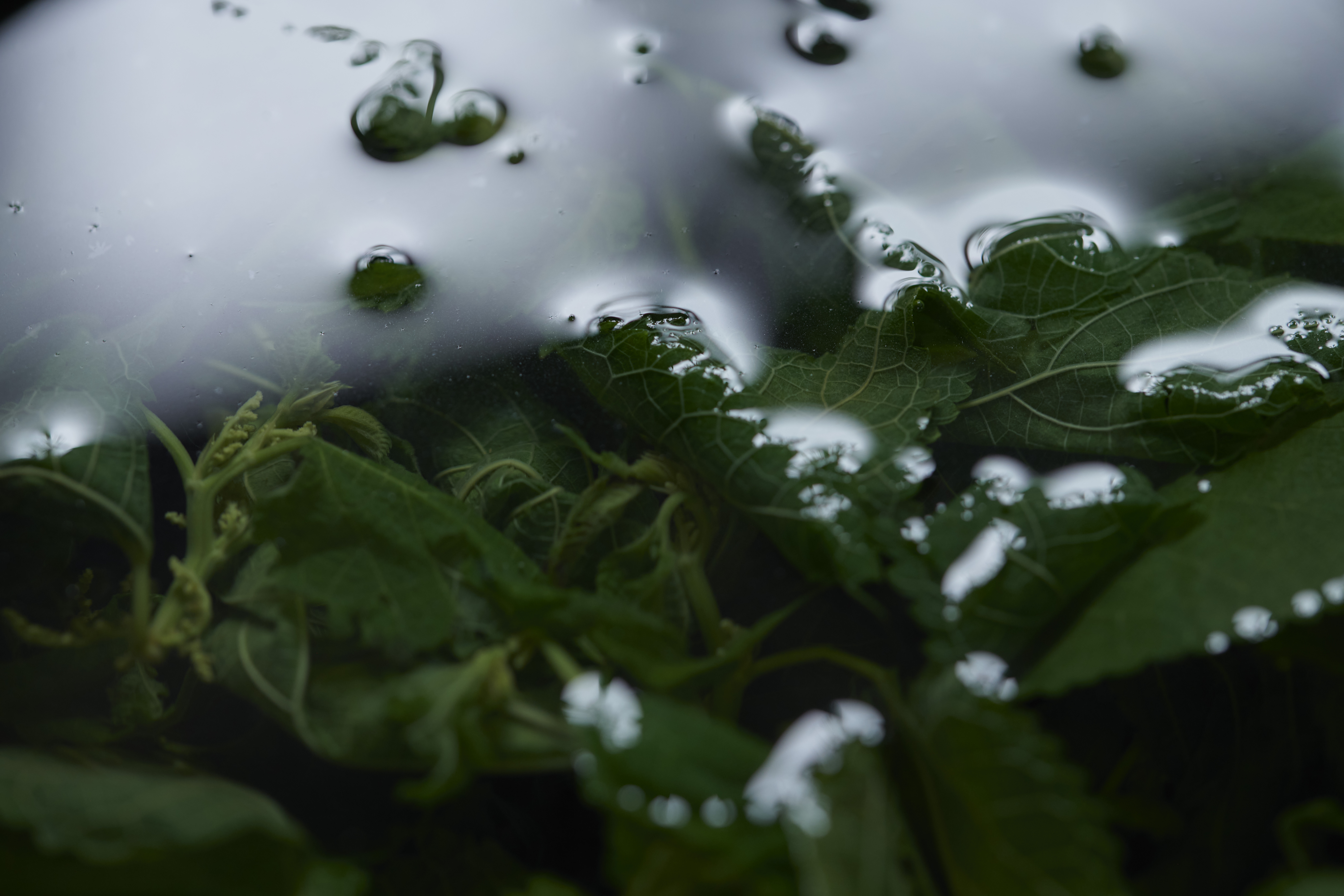
A tough and gentle world of green
Plants that prefer the water live by the waterside, and those that prefer sunshine live in the sun. This rule of nature is responsible for creating pleasant, comfortable landscapes. And it applies to us humans, too. Nature says it’s okay for us to live in the place we love.
I came to this conclusion when I started observing landscapes via the weeds and studying the various environments in which each weed thrives. Occasionally there is an oddball, a plant that prefers the shade but lives in the sun regardless of its blushing leaves. But as I watch it striving to bloom, I imagine it wanted to live in the sun. Why? Because it hit me. Weeds and other forms of life that are believed to be strong are not really strong at all. They are simply living where they prefer. The grass growing in the dry desert may look strong, but it just doesn’t know how to live by the water. Every plant knows where and how it wants to live. To our human eyes, that sheer respect for life appears strong and tough.
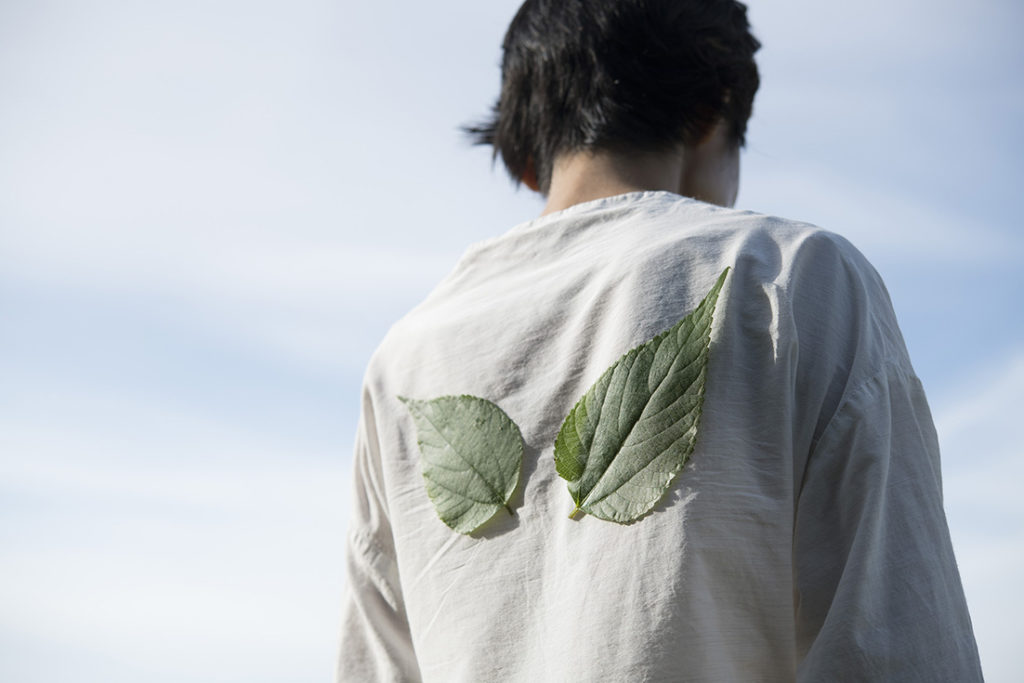
Our own vitality comes from the same place. If we live under someone’s thumb or in a place we hate, we become weakly and prone to disease. If you ever feel sapped of energy, try asking yourself if you have a job that you love and are happy with the place you live. And if it seems impossible to do what you love, try spending some time with plants that are living according to the rule of nature. Harvest and eat them, and they will give you a share of their power. In a word, be sure you’re feeling the comfort of living by nature every day. Remember that we, too, are forms of life that are part of nature.
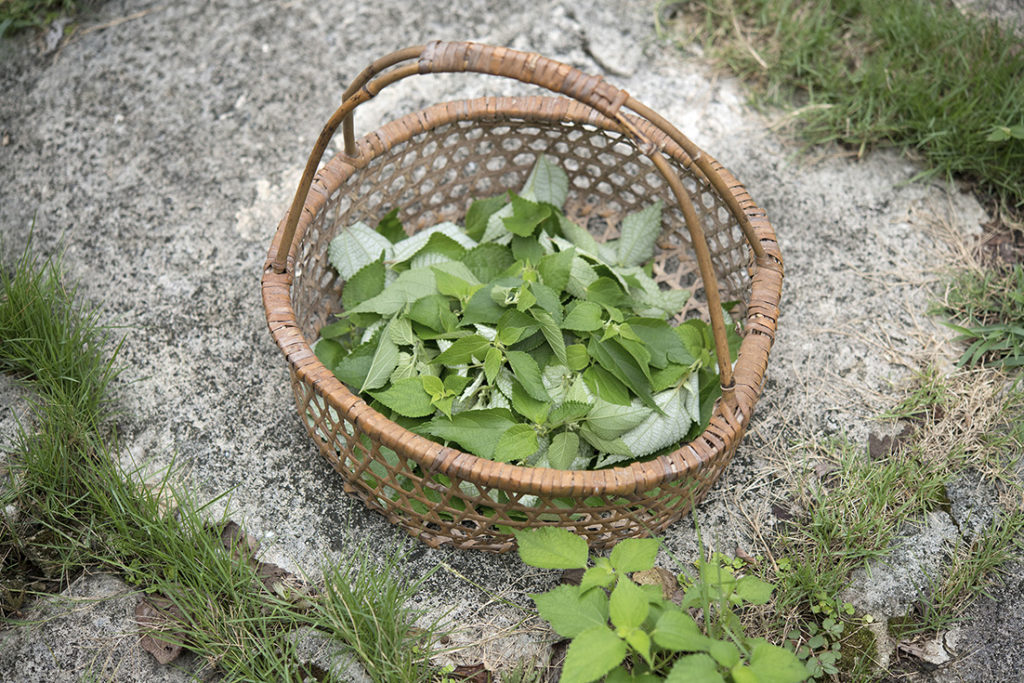
One plant with amazing vitality is the ramie growing on roadsides and in vacant lots. It takes root in no time and spreads its leaves no matter how vigorously you pull them. The wonderful ramie has fibers that can be used to manufacture paper. I also like the dense hairs growing on the underside of the leaves. The hairs catch on fabric, so I used to position two leaves on the back of my shirt like an angel’s wings. The plant is found everywhere and yet it’s inconspicuous and good at getting a secret smile out of all passersby.
On a trip to South Korea to observe the country’s weeds, I discovered a store selling ramie rice cakes, or songpyeon. That inspired me to add chopped ramie to potato croquette and jiaozi dumplings. One time, when I tried boiling ramie to remove the harshness, I boiled it for so long that the leaves melted away. Ramie contains water-soluble dietary fibers. My heart sank because I couldn’t use it in my fried dish. But then a good idea came to me. I churned the liquid in the food processor to make a puree, added some salt, and tasted my creation. Yum!
My new bright green soup has become a hit for helping to restore physical strength. A healthy body lightens up your mood and gives you the strength to take the first steps in a pleasant, comfortable direction.
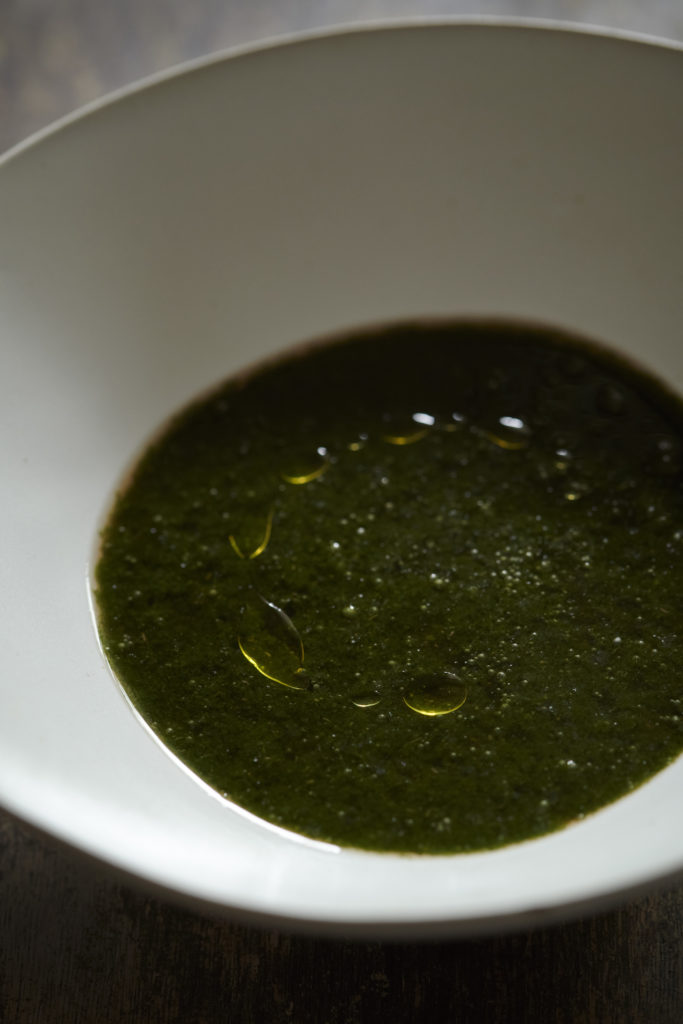
■Grass on the Plate Recipe 02
Ramie soup
Ingredients
Ramie, Natural salt, Olive oil, Water
Directions
1. Gather ramie leaves. A good rule of thumb is one big handful per serving. Choose the soft leaves only, and not the stems. The more the leaves, the better the soup will taste.
2. Bring water to a boil and add 1 tablespoon of natural salt. Add the ramie leaves and boil for about 5 minutes to remove the harshness. Remove from heat when the leaves are tender, but do not wait until they are about to melt.
3. Transfer the ramie to a bowl of water. Leave immersed under trickling water for 15–20 minutes, and then strain.
4. Put the ramie in the food processor, add enough water to just cover the leaves, and puree.
5. Transfer to a pot to heat, flavor with salt, dilute with water, and adjust the thickness.
6. Pour in a soup dish and add a drizzle of olive oil. Serve with black pepper.
* If the leaves have stiff hairs that catch in the throat, add stir-fried vegetables and mushrooms to the soup.
■Plants Index
Weeds in this story
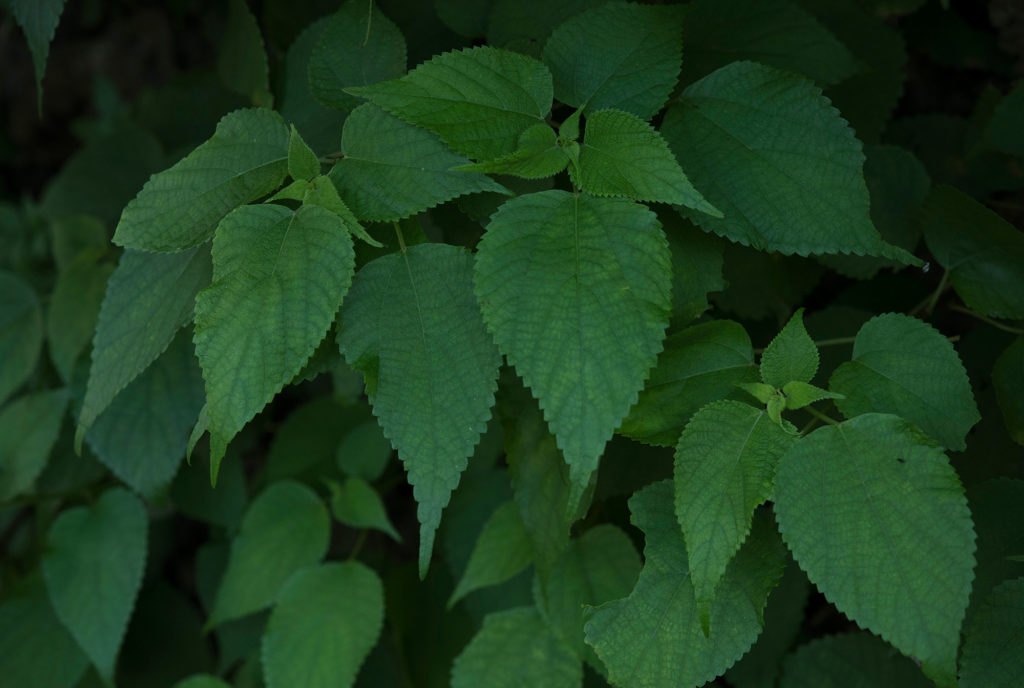
Ramie grows 1.0–1.5 meters tall with leaves 10–15 centimeters long. The leaves are recognizable for their matte surface and serrated edges. The plant prefers the moist soil in forest peripheries, on roadsides, and under stone walls. Owing to the thick underground stems, ramie often grows in colonies.
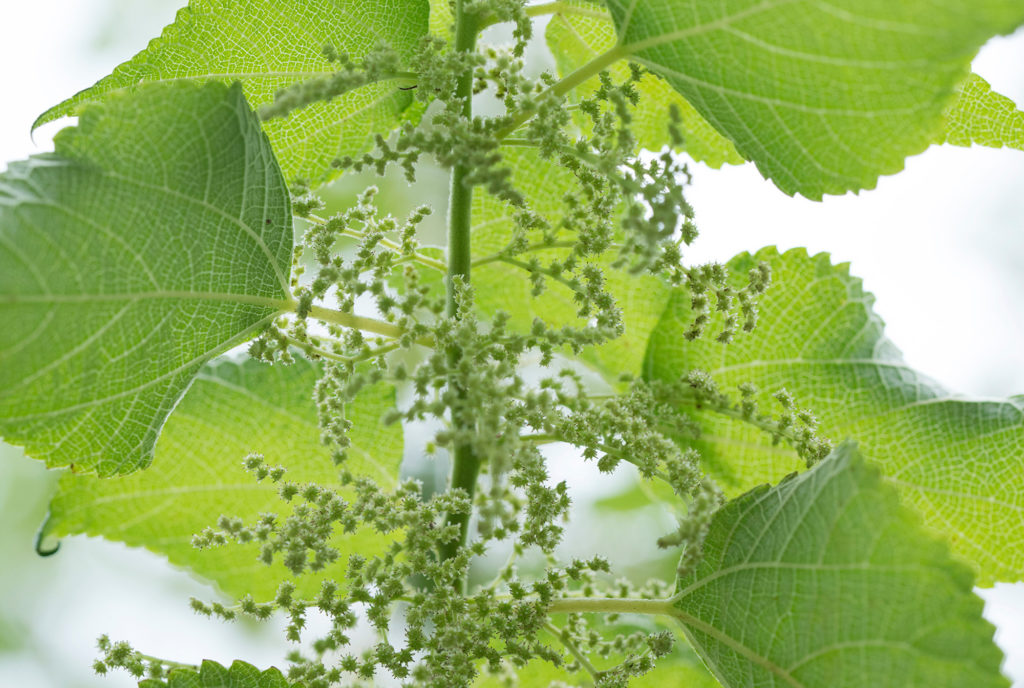
From August to October, tufts of small flowers bloom at the base of the petioles. Both male and female flowers grow on the same plant, with the female flowers on top. The pollen is distributed by the wind. The petals may not be showy or conspicuous, but the pollen is an allergen that causes hay fever.
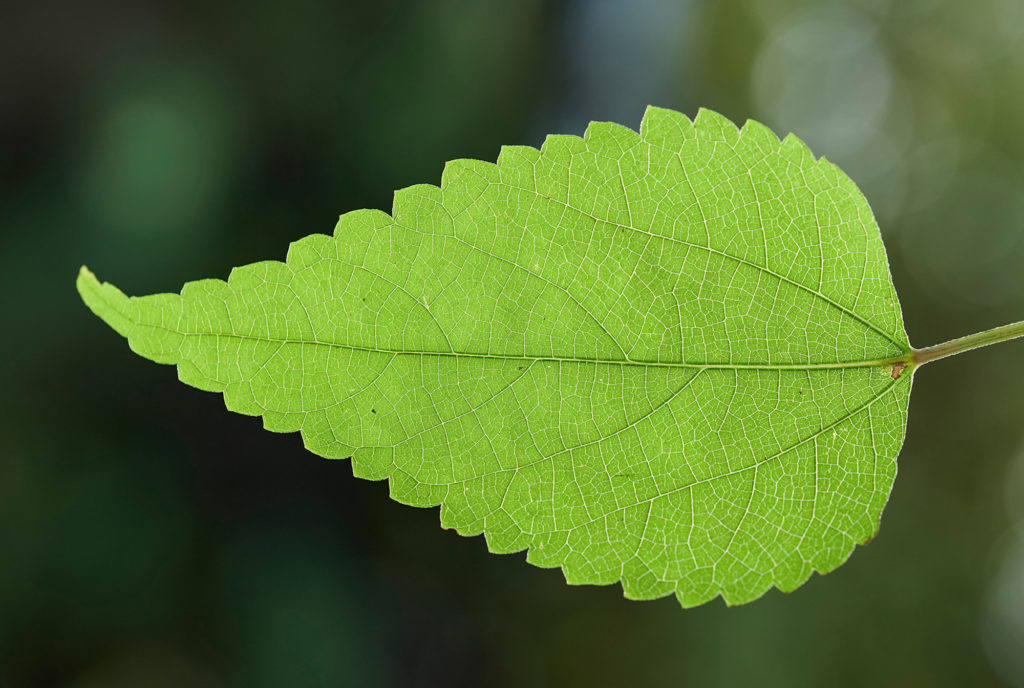
The veins stand out when a leaf is held up to the light. They transport water and nutrients into the stem and help twist the leaf so that it faces the sun. The seemingly random but perfectly designed veins define the breathtaking beauty of life.
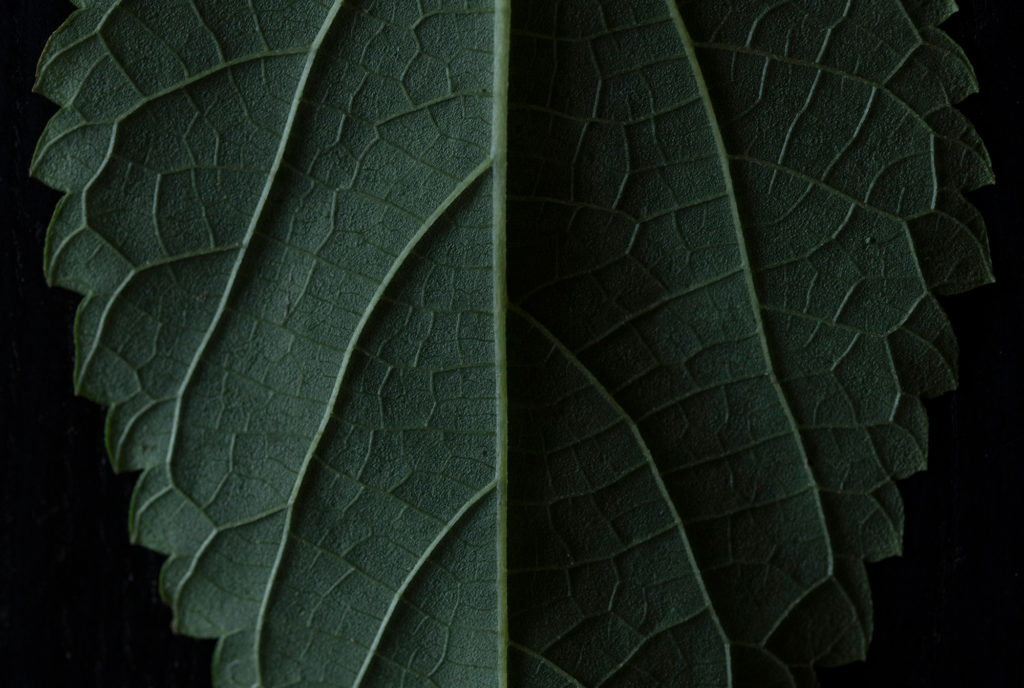
Dense fluffy hairs grow on the underside of the leaves, giving them a rough feel and white appearance. These hairs act as binders in South Korean ramie rice cakes. The bright white stands out beautifully when the leaves turn over.
Yoco Kawashima
As a child, Kawashima nurtured her love of “weeds” into a passion for soil and water. Guided by these memories in 2000 she began artistic activities focused on weeds, traveling to study how they are used. She then expresses their attraction in various forms such as food, drink, decoration, and therapy. Publications include Kusa to kurasu (Living with Weeds; Seibundo Shinkosha). Kawashima lives in Okinawa Prefecture.











